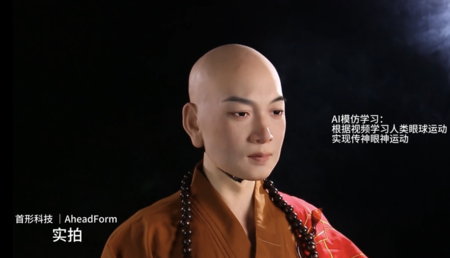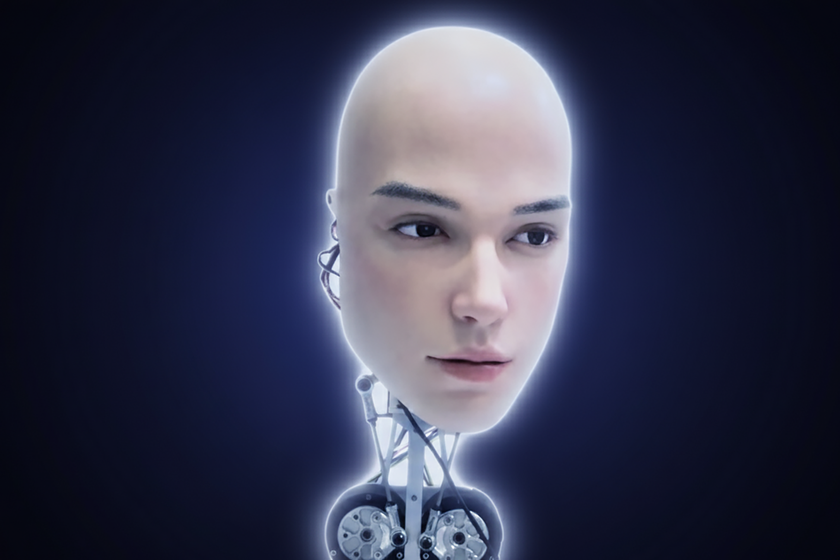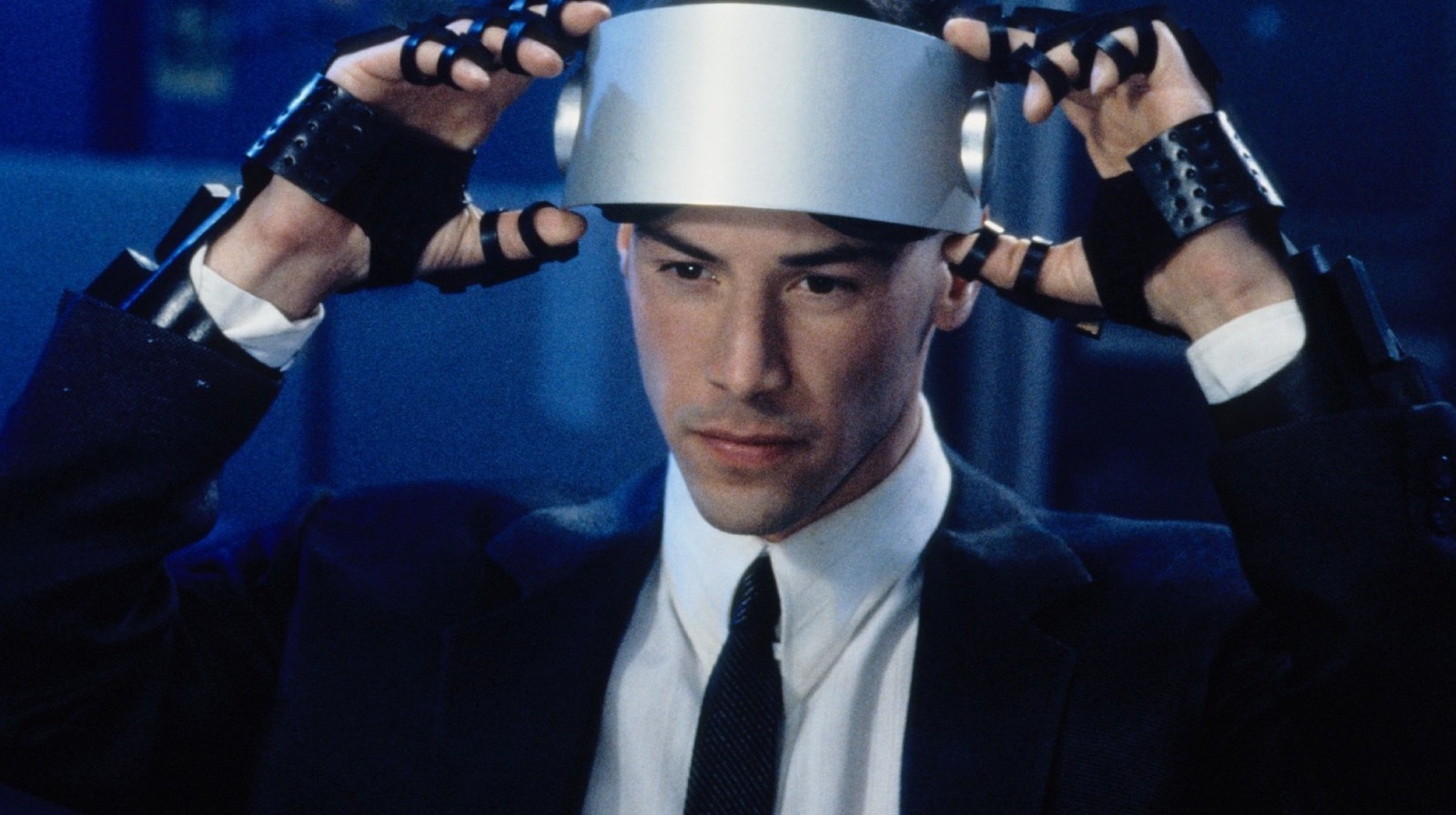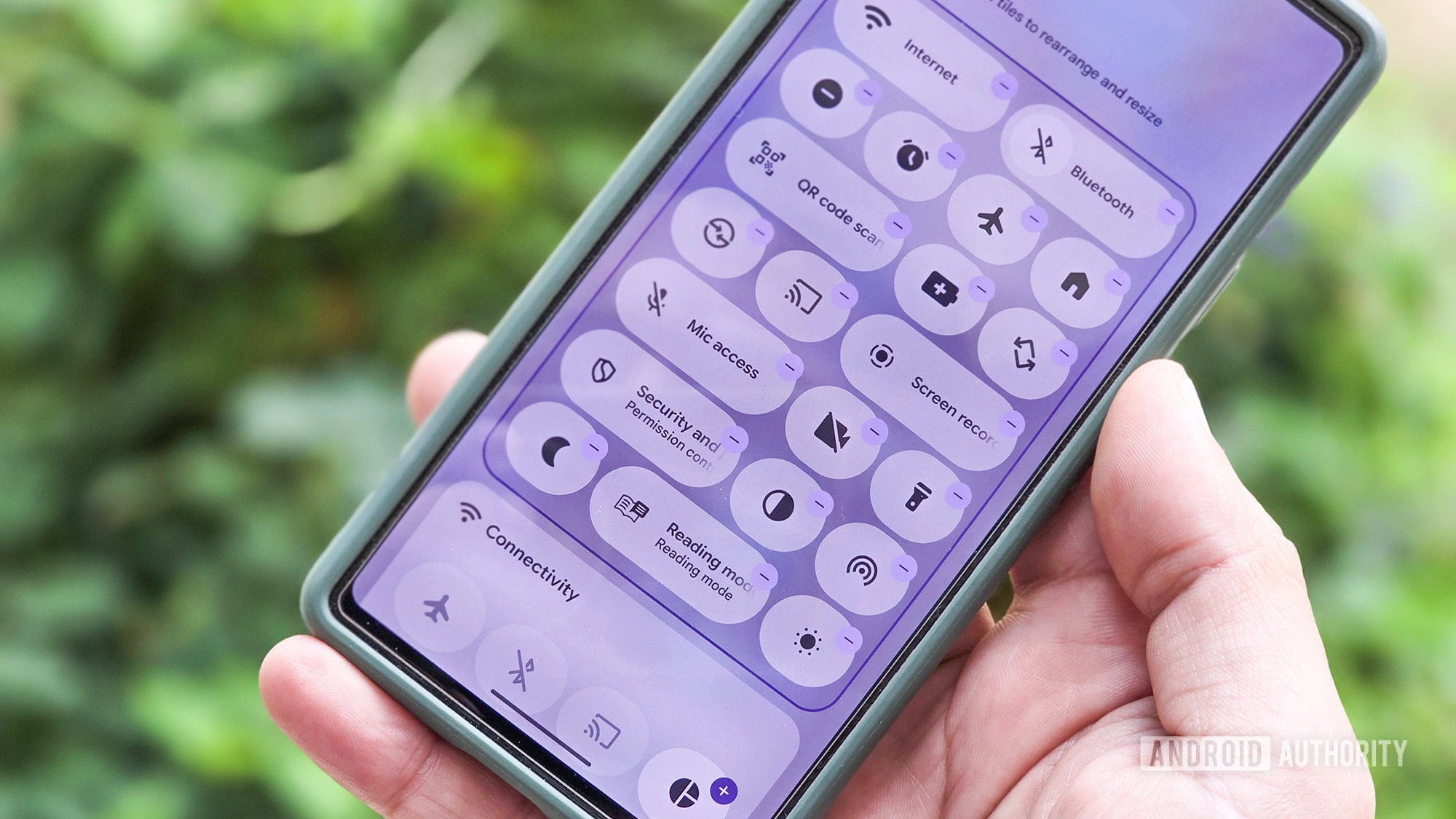When we think of a convincing humanoid, we imagine him looking into our eyes, blinking and accompanying the words with gestures that give context. Robotics advances at a good pace and there are machines that solve acrobatics with solvency, but still transmit more mechanical than humanity. What is missing for interaction to flow is the gesture that completes the message. In recent months, ads and tests in China have started exploring that layer.
From muscle to the face. For a long time, the bar was to get a robot to move autonomy and exceed resistance tests. That chapter begins to be resolved with increasingly solid models in the mechanical plane. What is now raised is another challenge: reproducing the nonverbal communication that people take for granted. From a gesture of approval to a surprise reaction, they are signs that open the door to a real dialogue between humans and machines.
A head that gestures. The Chinese company Aheadform has shown a prototype that materializes this transition. In a video broadcast on YouTube you can see a robotic head that flashes, nods and follows the environment with a surprisingly convincing look. The company, founded in 2024, explains on its website that its objective is to achieve more natural interactions between people and machines. To do this, it seeks to integrate advanced language models with realistic facial expressions that allow to respond in real time.
Under the ‘skin: To make the prototype look alive, engines have been used brushlesssmall silent devices capable of coordinating precise movements. The model, baptized as Origin M1, integrates up to 25 of these actuators that control the different expressions. In their pupils, cameras are hidden that allow registering what happens around, while microphones and speakers facilitate real -time interaction. The combination of these elements explains subtle movements and response capacity.

Integration of a robotic head of Aheadform into an experimental body
The company ensures that the usefulness of these developments will go beyond the simple technical demonstration. It projects scenarios such as customer service, teaching or health care, where trust is also built with gestures and expressions. The approach is that a robot that smiles or nods more close than one with a neutral face. For now, these are declared intentions: the models are not commercially available.
Academic support. Behind the video there is also peer reviewed research. In Science Robotics, in 2024, Yuhang Hu and several collaborators presented a robot capable of predicting and reproducing human expressions as they occurred. The study provided evidence that real -time facial recognition and synchronized mechanical response are possible. It does not confirm that the current prototype is the same study system, but is consistent with the orientation that the company describes.


Aheadform works in robotic heads with pupils that hide cameras
An effort that goes further. China’s will to place humanoid robotics in the front line is a reality. It is not only about heads capable of gesturing, but also public exhibitions where complete bodies are tested. In the CMG World Robot Contest Series held in Hangzhou, for example, four unitree G1 starred in fighting kickboxing Transmitted by TV. These humanoids showed coordination and agility, in a staging that reinforced the narrative of a country determined to lead the sector.

The most recent closure of this agenda was the half -marathon of Beijing, in which 21 robots toured a circuit parallel to that of human corridors. The organization highlighted the uniqueness of the event, but the implementation showed limitations: permanent technical assistance, battery replacement and route separation.
Images | Aheadform
In WorldOfSoftware | Goal has begun to show its game in robotics. What you are looking for is clear: to be the Android of the robots thanks to the software












